





 |
 |
 |
 |
 |
 |
| Ali Majdfar | profile | all galleries >> PERSIA, the Ancient Iran >> Bistun (Behistun) | tree view | thumbnails | slideshow |
 Bistun Inscription |
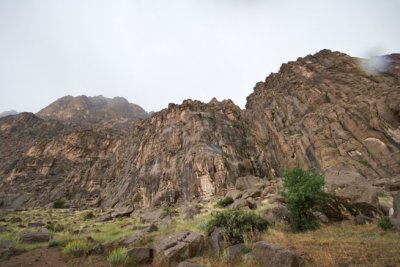 Bistun |
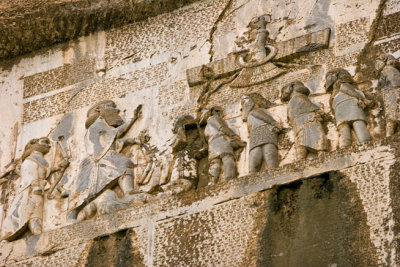 Bistun Inscription |
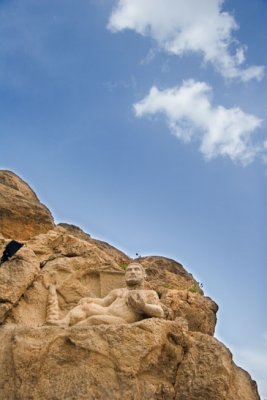 Hercules |
 Bistun Inscription |
 Bistun Inscription |
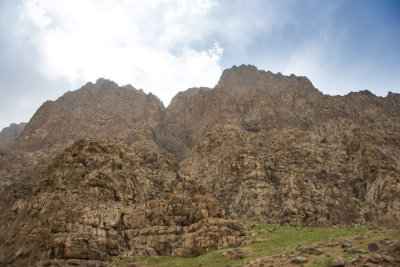 Behistun |
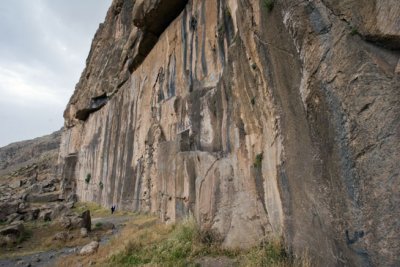 Farhad Tarash |
 Bistun Inscription |
 Bistun Inscription |
| comment | share |
| Ted Calkins | 21-Mar-2013 19:49 | |
| Robert A. Manger | 16-Mar-2012 19:40 | |
| huda Mesih | 09-Feb-2012 19:33 | |
| Maryam F. Adil | 03-Oct-2011 02:42 | |
| ehsan g | 18-Apr-2009 13:58 | |
| Ehsan! | 25-Apr-2008 01:17 | |
| Cekari | 11-Feb-2008 10:05 | |
| SHAYAN | 08-Feb-2008 19:29 | |
| Tatai Imre | 05-Dec-2007 10:15 | |
| 24:00 | 05-Nov-2007 15:16 | |
| javad | 21-Sep-2007 22:13 | |
| shahriar | 28-Aug-2007 20:44 | |
| ©Lux | 14-Aug-2007 06:16 | |
| 123 | 14-Aug-2007 04:23 | |
| flowsnow | 13-Aug-2007 13:45 | |
| Vince | 13-Aug-2007 12:08 | |
| edwina beaumont | 13-Jun-2007 13:55 | |